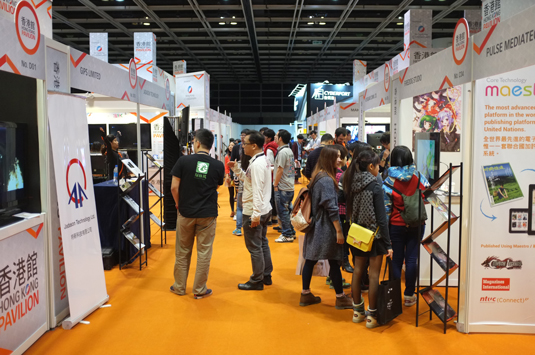SIGGRAPH Asia 2013: Fluid simulations
3D World technical editor Rob Redman reports the day's events from SIGGRAPH Asia 2013, the annual computer graphics and interactive techniques conference.

The University of Freiburg are working on new surface tension models, to deliver more realistic simulations of volume and surface interaction. The gist of the developments counter some of the problems raised by the current inherent method of dealing with fluid particles.
Effectively surface tension arises due to molecular cohesion but fluid sim particles aren't molecules and don't react as such, so simulation algorithms define constraints and behaviors to try to achieve more realistic motion. This is all about how software balances surface curvature with retaining fluid surface area.
That all sounds very high-tech but really does make a noticeable difference to fluid behaviors. The examples shown included a drop of fluid hitting the ground, as well as the typical water drop and crown.
The student who has been developing these tools has already been contacted by NVIDIA who will be adding the new models to their physics libraries, so expect fluid sims to take a quick hike in realism very soon.

The same people have also been working on adhesion models to help us simulate better interaction between solids and fluids. Combined with the surface cohesion model the example of a droplet of water being cut in two and then rejoining, as well as flowing over a sphere in a way which is currently pretty tricky.
Overall the talk was very interesting and the examples were fascinating, especially when shown side by side with older models of the same scenario, where the headway being made was demonstrated in stark comparison.
Daily design news, reviews, how-tos and more, as picked by the editors.

The Creative Bloq team is made up of a group of art and design enthusiasts, and has changed and evolved since Creative Bloq began back in 2012. The current website team consists of eight full-time members of staff: Editor Georgia Coggan, Deputy Editor Rosie Hilder, Ecommerce Editor Beren Neale, Senior News Editor Daniel Piper, Editor, Digital Art and 3D Ian Dean, Tech Reviews Editor Erlingur Einarsson, Ecommerce Writer Beth Nicholls and Staff Writer Natalie Fear, as well as a roster of freelancers from around the world. The ImagineFX magazine team also pitch in, ensuring that content from leading digital art publication ImagineFX is represented on Creative Bloq.
